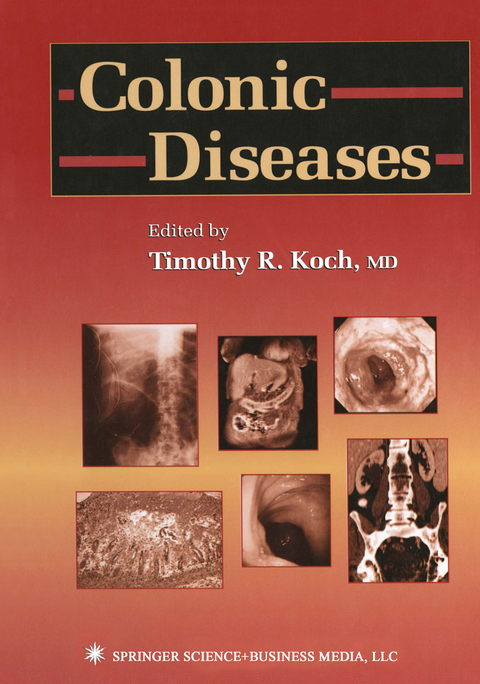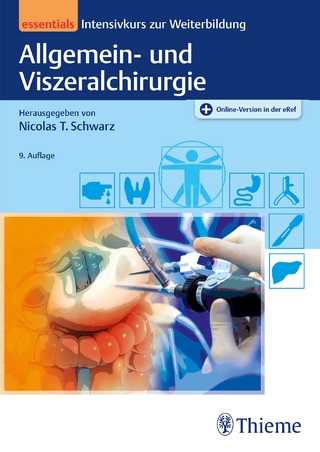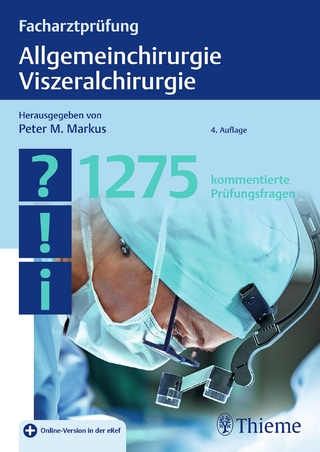
Colonic Diseases
Humana Press Inc. (Verlag)
978-1-4684-9740-3 (ISBN)
I. Colorectal Physiology.- 1 Absorption—Secretion and Epithelial Cell Function.- 2 Normal Motility and Smooth Muscle Function.- 3 Neural Regulation of Colonic Motor Function.- 4 Mucin and Goblet Cell Function.- 5 Endocrine Cells of the Colon.- 6 Micronutrients.- 7 Aging.- 8 Immunology of the Gastrointestinal Tract.- 9 Colonic Lymphatics.- 10 Probiotics and the Colon: Therapeutic and Prophylactic Uses.- 11 Physiology and Pathophysiology of Colorectal Sensory Processes.- II. Investigation of Disease Processes.- 12 Oxidative Stress.- 13 Genetic Testing for Colon Cancer.- 14 Inflammation.- 15 Epidemiologic Studies and Outcomes Research in Colonic Diseases.- 16 Colonoscopy.- 17 Interpretation of Colonic Biopsies in Patients with Diarrhea.- 18 Anorectal Manometry.- 19 Endoanal and Endorectal Ultrasound.- 20 Colonic Transit and Motility.- 21 Defecography and Related Radiologic Techniques.- 22 Cross-Sectional Imaging of the Large Bowel.- III. Colorectal Disease.- 23 Hirschsprung’s Disease and Neonatal Disorders.- 24 Acute Megacolon, Acquired Megacolon, and Volvulus.- 25 Diverticular Disease.- 26 Current Understanding of Colorectal Neoplasia.- 27 Constipation.- 28 Crohn’s Disease.- 29 Ulcerative Colitis.- 30 Irritable Bowel Syndrome.- 31 Ischemic Colitis.- 32 Surgical Treatments for Colonic Diseases.- 33 Anorectal Disorders.
| Zusatzinfo | 166 Illustrations, black and white; XVIII, 556 p. 166 illus. |
|---|---|
| Verlagsort | Totowa, NJ |
| Sprache | englisch |
| Maße | 178 x 254 mm |
| Themenwelt | Medizinische Fachgebiete ► Chirurgie ► Viszeralchirurgie |
| Medizinische Fachgebiete ► Innere Medizin ► Gastroenterologie | |
| ISBN-10 | 1-4684-9740-5 / 1468497405 |
| ISBN-13 | 978-1-4684-9740-3 / 9781468497403 |
| Zustand | Neuware |
| Haben Sie eine Frage zum Produkt? |
aus dem Bereich


